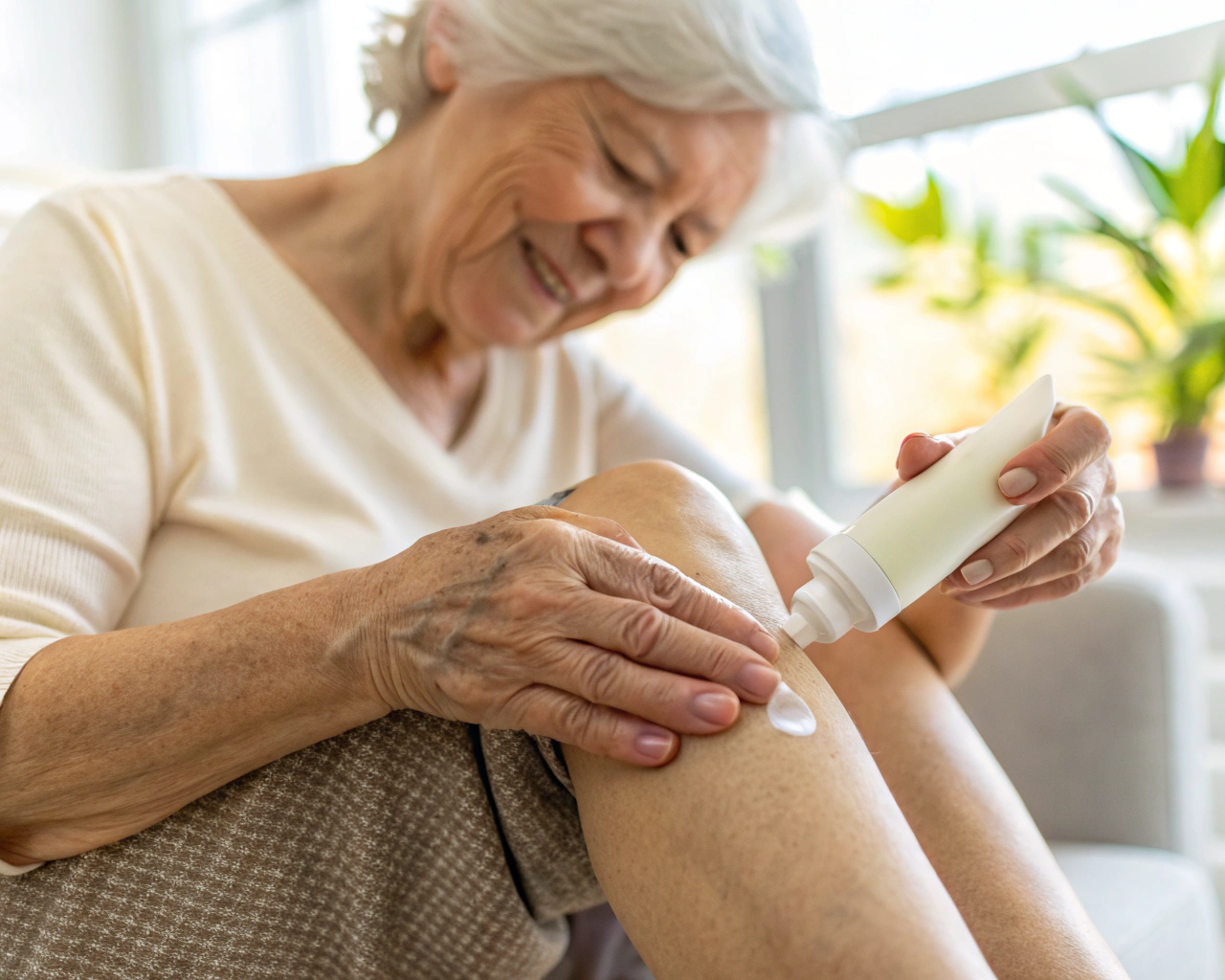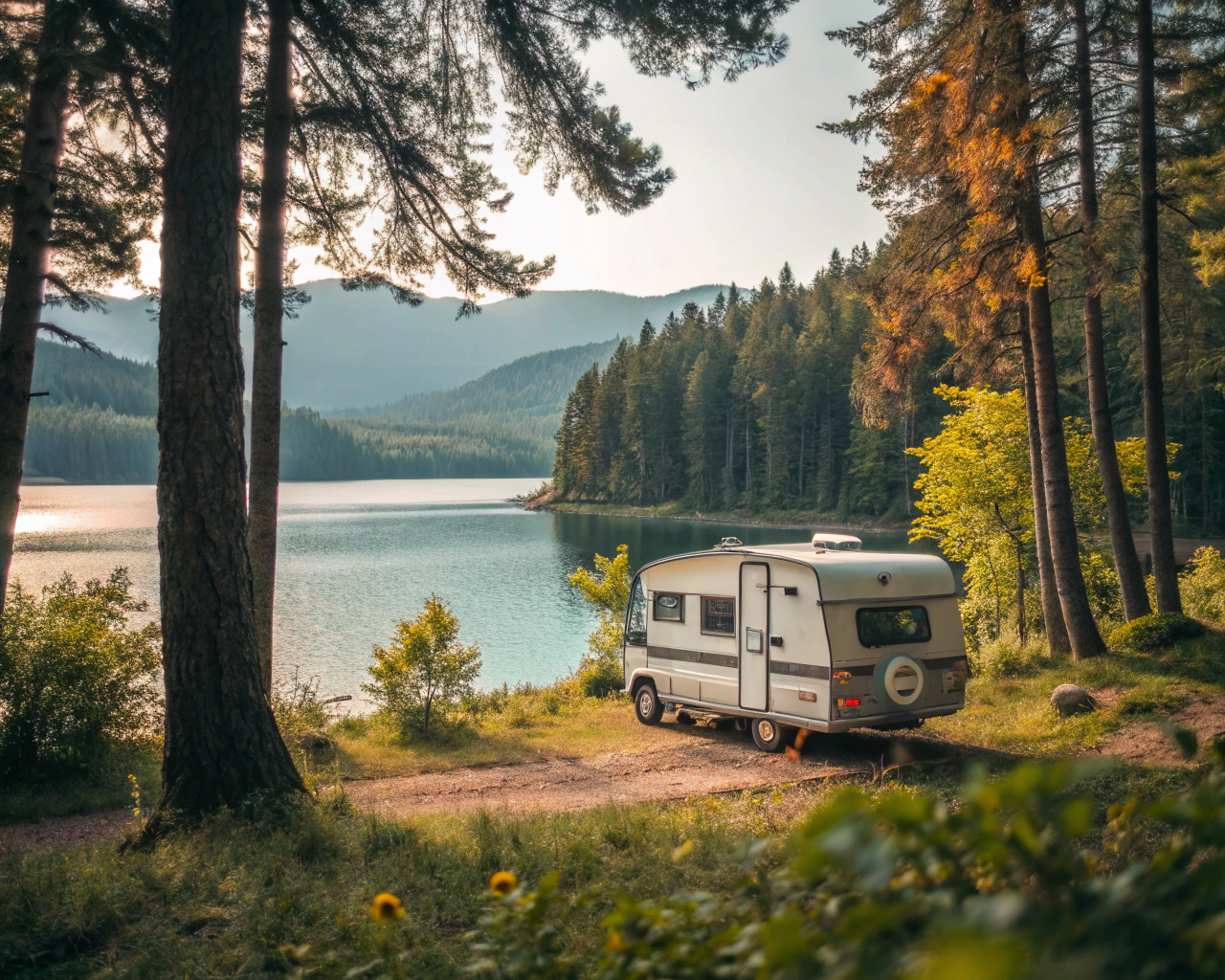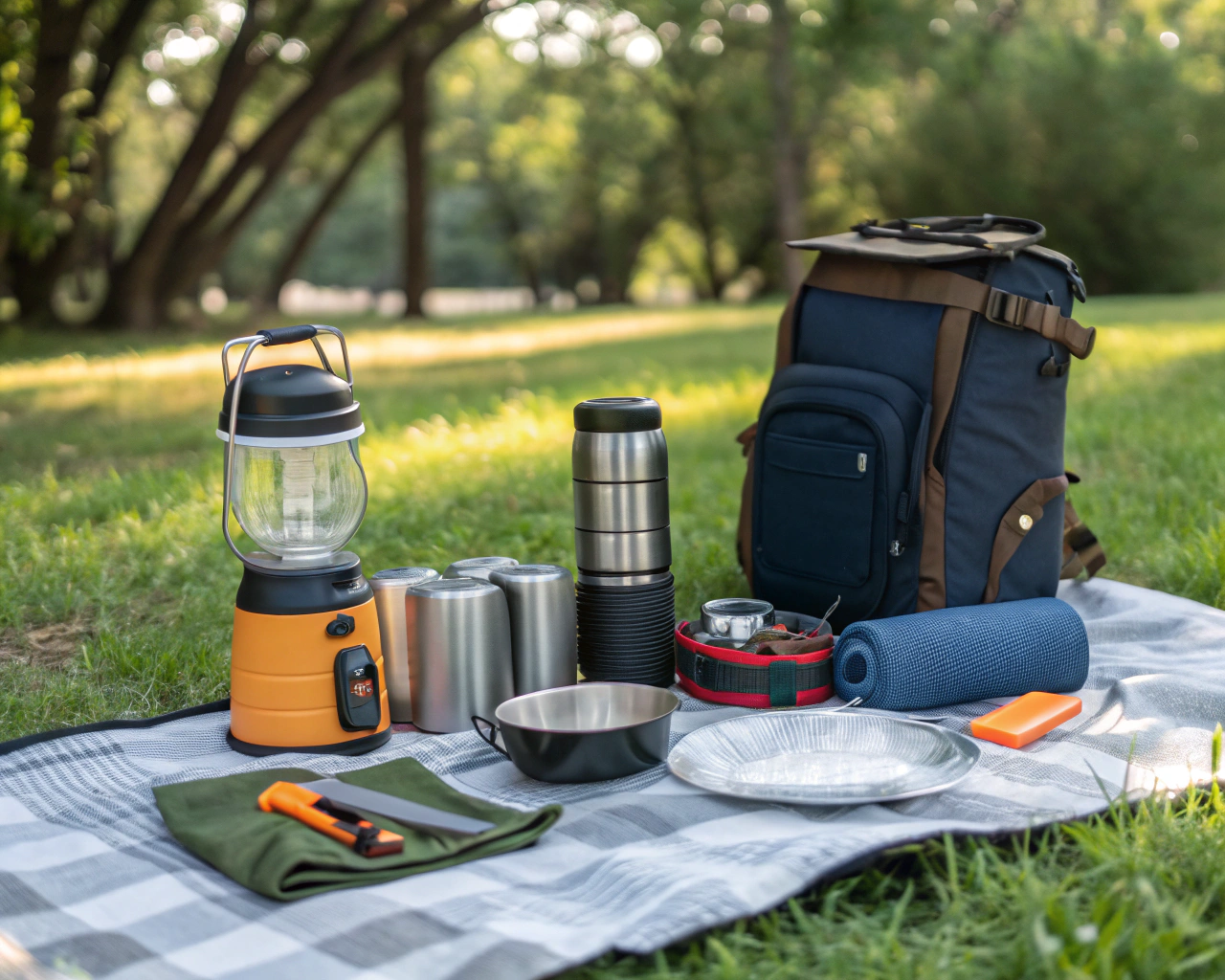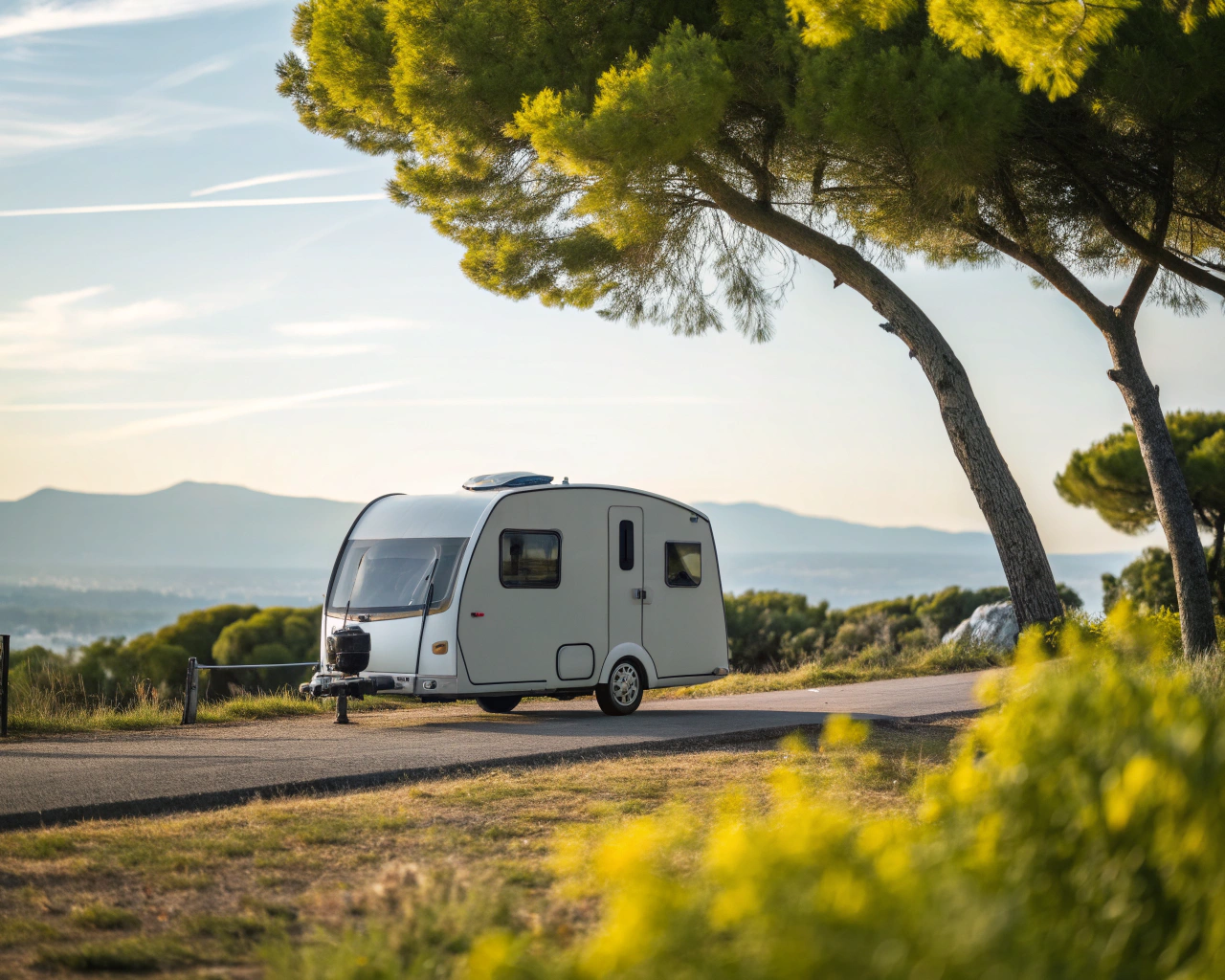Getting ready for your first camping trip can feel overwhelming. Last summer, I stood in the middle of an outdoor store completely lost among endless aisles of gear, wondering what was actually necessary and what would just take up precious space in my car. After several trips (and a few mistakes), I've learned that successful camping doesn't require everything on the shelf.
The Essential Camping Gear Foundation
Let's start with the absolute must-haves before diving into the nice-to-haves. These items form the backbone of any camping setup, regardless of where you're headed.
Shelter: Your Home Away From Home
The tent is your most fundamental piece of gear. For beginners, I'd recommend:
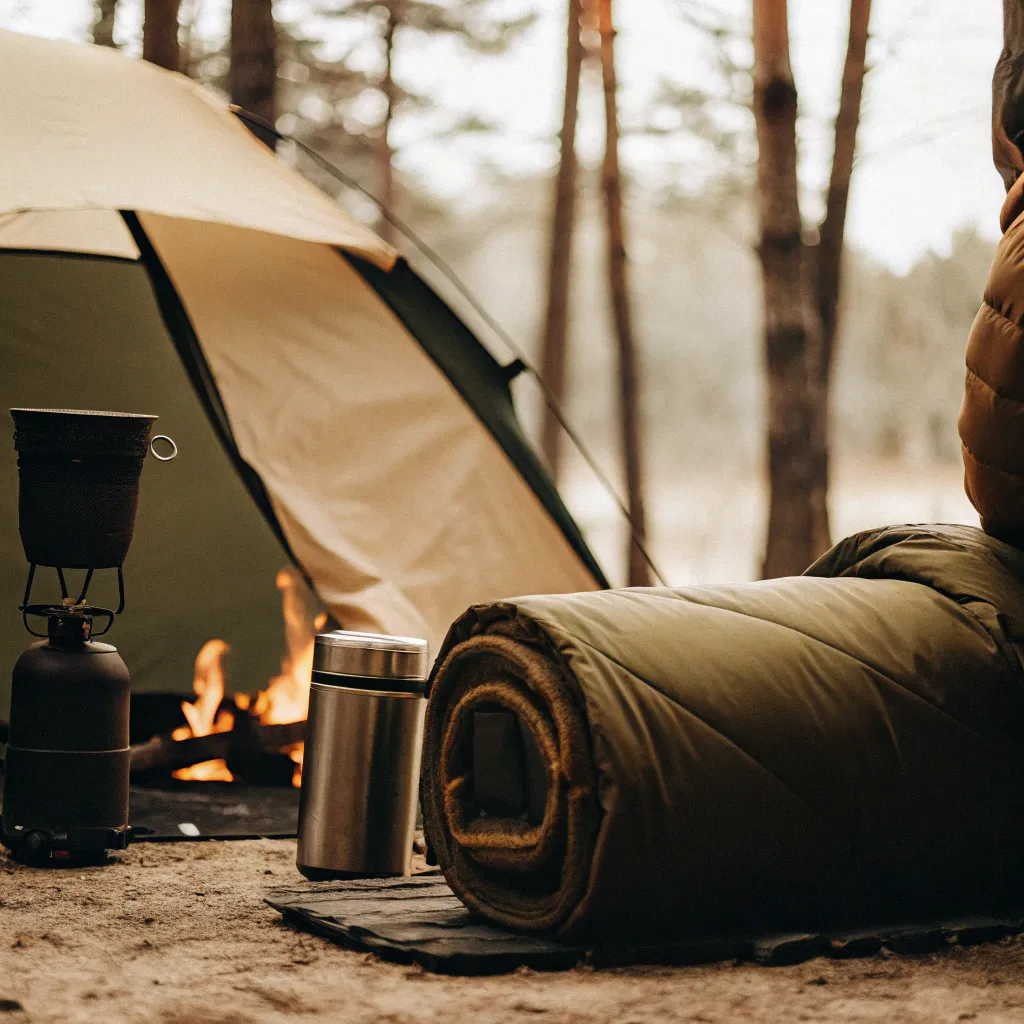
- A simple 3-season tent: As a first-timer, you don't need to spend $500 on a technical mountaineering tent. Many beginners find great value in brands like Coleman, which offers reliable options at Costco for reasonable prices. Look for something rated for 1-2 more people than will actually be sleeping in it (a 4-person tent for 2 people gives you room for gear).
- Tent footprint or tarp: This goes underneath your tent to protect the floor from rocks, sticks, and moisture. Some tents come with one, but if not, you can buy one separately or even use a heavy-duty tarp that's slightly smaller than your tent's footprint.
When I bought my first tent, I almost skipped the footprint to save money. Thankfully, a store employee mentioned how a $20 footprint could extend the life of my $150 tent by years. Three seasons later, that footprint has saved my tent floor from several sharp rocks and soggy grounds.
Sleep System: Rest Matters
Poor sleep can ruin an otherwise perfect camping trip. Your sleep system includes:
- Sleeping bag: Choose based on the lowest temperature you expect to encounter, not the average. Synthetic bags are more affordable and perform better when wet, while down bags are lighter and more compressible but pricier. For most beginners camping in spring through fall, a bag rated for 30°F (-1°C) offers good versatility.
- Sleeping pad: This isn't just for comfort—it provides crucial insulation between you and the cold ground. Foam pads are inexpensive but bulky, while inflatable pads pack smaller but cost more and risk punctures.
- Pillow: You can bring one from home, but packable camping pillows save space. Some people stuff clothes into a stuff sack instead, but I've found a dedicated pillow worth the small amount of space it takes.
A friend once tried to save weight by skipping the sleeping pad. Despite temperatures in the 60s during the day, he spent a miserable night shivering as the 45°F ground temperature seeped into his bones. The next morning, he drove 30 miles to the nearest outdoor store to buy a pad before the second night.
Kitchen Essentials: Food Preparation
You need to eat, and camp cooking requires some specific tools:
- Stove: A simple propane camp stove with two burners is perfect for beginners. Coleman's classic green stove has been a staple for decades for good reason—it's reliable and simple to use.
- Cooler: For weekend trips, a decent cooler is essential for keeping food fresh. You don't need an expensive rotomolded cooler as a beginner—a mid-range model will serve you well if you pre-chill it and use block ice.
- Water storage: Bring a dedicated water container or jug, especially if you're unsure about water availability at your site. A 5-7 gallon container works well for a weekend trip for two people.
- Cooking and eating gear: A set with pots, plates, cups, and utensils designed for camping will save space compared to bringing items from your kitchen. Many outdoor stores sell nesting cooksets that pack efficiently.
I once watched new campers at the next site struggle to cook pasta because they'd forgotten any type of pot. They ended up driving 45 minutes round-trip to buy overpriced cookware at a small local store. A simple checklist would have saved them time and money!
What Do I Really Need for My First Camping Trip?
This question plagues every new camper. Here's a prioritized checklist to help you focus on what matters most:
Absolute Essentials (Don't Leave Without These)
- Tent with stakes and rainfly
- Sleeping bag appropriate for the temperature
- Sleeping pad
- Headlamp or flashlight (with extra batteries)
- Water container and water (or water purification method)
- Food and snacks
- Basic cooking gear (stove, fuel, pot, pan)
- Weather-appropriate clothing (including extra warm layers)
- First aid kit
- Toilet paper and trowel (if bathroom facilities aren't available)
Important But Secondary Items
- Camp chairs
- Cooler
- Multi-tool or knife
- Fire starter (matches, lighter)
- Insect repellent
- Sunscreen
- Trash bags
- Hand sanitizer
- Navigation tools (map, compass, or GPS)
- Extra tarps for shade or rain protection
Comfort Upgrades (Nice to Have)
- Camp table
- Lantern
- Hammock
- Camp shower (for longer trips)
- Proper coffee making equipment (if you're a coffee lover)
- Camp rug for tent entrance
- Games or books
According to a survey by REI, first-time campers most often regret not bringing adequate lighting, proper sleeping gear, and enough warm clothes—even in summer. Temperatures can drop significantly at night, especially in mountainous or desert environments.
Choosing the Right Gear Without Breaking the Bank
Quality camping gear can be expensive, but beginners don't need to spend a fortune. Here's how to be strategic:
Where to Invest vs. Where to Save
Worth investing in:
- Sleeping bag and pad (directly impacts comfort)
- Reliable tent (protects you from elements)
- Good footwear (blisters can ruin a trip)
Where you can save:
- Cooking gear (simple aluminum pots work fine)
- Camp furniture (basic chairs are adequate)
- Most accessories (upgrade later if you continue camping)
Smart Shopping Strategies
- Rent before buying: Many outdoor retailers like REI offer rental programs for tents, sleeping bags, and pads. This lets you test gear before committing.
- Shop end-of-season sales: August through October often sees deep discounts on camping gear as stores clear inventory.
- Consider used gear: Online marketplaces, gear swap events, and consignment shops like Gear Trade or REI's Used Gear section offer quality pre-owned equipment.
- Borrow from friends: If you have camping friends, they might loan you gear for your first trip to help you determine what you like.
A couple I met at a campground in Colorado told me they'd furnished their entire initial camping setup through a combination of Craigslist, Facebook Marketplace, and end-of-season sales, spending less than $300 total for quality gear that would have cost over $800 new.
Setting Up for Success: Beyond the Gear
Having the right equipment is only part of the equation. How you use it matters just as much:
Campsite Selection Tips
If you're staying at an established campground, try to reserve a site that:
- Is relatively flat
- Offers some shade
- Isn't right next to bathrooms (high traffic) or dumpsters (potential wildlife)
- Has some natural windbreaks if possible
For dispersed camping (where allowed), look for:
- Previously used sites (to minimize impact)
- Spots at least 200 feet from water sources
- Areas free from hazards like dead trees or flash flood zones
Weather Preparation
Even in summer, weather can change rapidly, especially in mountains. Always:
- Check forecasts immediately before your trip
- Pack for temperatures 15°F colder than predicted lows
- Bring rain gear regardless of forecast
- Know how to properly stake and guy out your tent for wind
According to the KOA camping blog, weather surprises are among the top challenges for new campers. Being prepared for changing conditions will dramatically improve your experience.
Common Beginner Mistakes to Avoid
Learning from others' mistakes can save you considerable frustration:
Arriving Too Late
Setting up camp in daylight is infinitely easier than doing so after dark. Plan to arrive at least 2-3 hours before sunset to give yourself plenty of time to set up, especially on your first trip.
Inadequate Testing
Test all your gear at home before leaving:
- Set up your tent in the backyard or living room
- Light your stove
- Inflate your sleeping pad
- Test your headlamp
This simple step reveals missing parts or knowledge gaps while you still have time to address them.
Overlooking Comfort
While hardcore minimalism has its place, your first camping trips should prioritize comfort to ensure a positive experience. Bring that extra blanket, the slightly thicker sleeping pad, and enough warm clothes. You can optimize and lighten your load on future trips once you know what you truly need.
A Reddit thread from r/CampingGear highlighted how many new campers regretted trying to go too minimal on their first outing. As one commenter noted, "It's better to bring a little too much than not enough when you're starting out. You can always refine your kit on future trips."
Meal Planning for New Campers
Food is a crucial part of the camping experience, but it doesn't need to be complicated:
Simple Meal Ideas
Breakfast:
- Instant oatmeal packets with dried fruit and nuts
- Bagels with peanut butter
- Pre-made breakfast burritos (wrapped in foil, heated on your stove)
Lunch:
- Wraps with hard cheese and cured meats (no refrigeration needed)
- Tuna packets with crackers
- PB&J sandwiches
Dinner:
- Pasta with jarred sauce and pre-cooked sausage
- Foil packet meals (protein + veggies + seasoning, wrapped in foil and cooked over heat)
- Pre-made chili, heated up
- Tacos with shelf-stable ingredients
Snacks:
- Trail mix
- Energy bars
- Jerky
- Fresh fruit with harder peels (apples, oranges)
Food Storage Considerations
If you're camping in bear country (which includes much of North America), proper food storage is essential:
- Use designated bear boxes if provided at campgrounds
- Hang food from trees where appropriate (learn proper technique beforehand)
- Consider a bear canister for high-risk areas
- Never store food in your tent
The Intangible Essentials
Beyond physical gear, successful camping requires:
Knowledge and Skills
- How to properly stake a tent
- Basic fire building (where permitted)
- Weather awareness
- Leave No Trace principles
- Basic first aid
Mindset
- Flexibility (things rarely go exactly as planned)
- Patience (setting up camp takes time)
- Problem-solving attitude
- Appreciation for nature's unpredictability
As one experienced camper on Reddit wisely noted, "The most important thing to bring camping isn't gear at all—it's a good attitude and willingness to adapt."
Building Your Camping Future
If your first trip goes well (or even if it presents some challenges), consider how you might want to camp in the future:
Upgrading Strategically
After your first few trips, you'll know which aspects of camping matter most to you. Some people prioritize cooking elaborate meals, others focus on comfortable sleeping, while some care most about having a bombproof shelter in any weather.
Upgrade your gear in the areas that will most improve your personal experience rather than buying everything at once.
Expanding Your Horizons
Once you're comfortable with basic car camping, you might consider:
- Backcountry camping (hiking in with your gear)
- Winter camping (requires specialized equipment)
- Different environments (desert, mountain, coastal)
- Longer trips
Each variation brings new gear considerations, but the fundamentals remain similar.
Final Thoughts
Remember that camping, at its heart, is about connecting with nature and disconnecting from everyday stresses. Your gear should support that experience, not become the focus of it.
Start simple, learn from each trip, and gradually refine your setup. The perfect camping kit isn't the one with the most expensive gear—it's the one that lets you enjoy your time outdoors with minimum fuss and maximum comfort.
And perhaps the most important tip I can offer: write down what worked and what didn't after each trip while it's fresh in your mind. This personal gear journal will become your most valuable resource as you continue your camping journey.
Happy camping!


